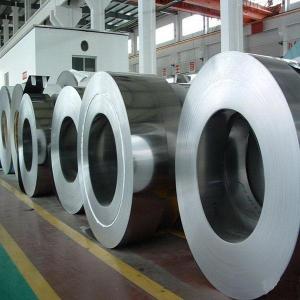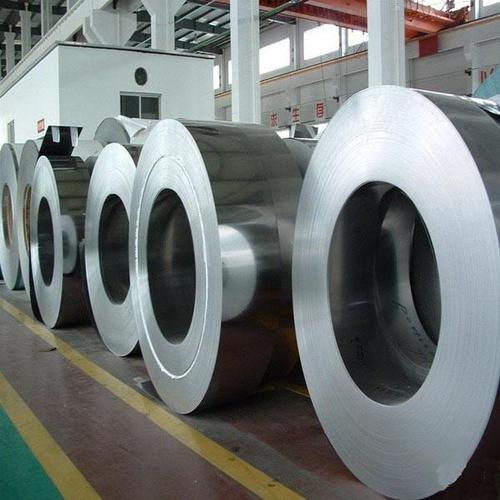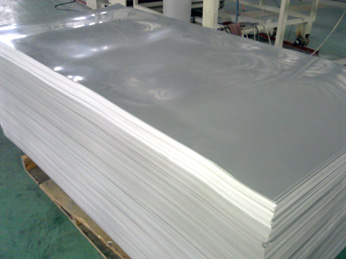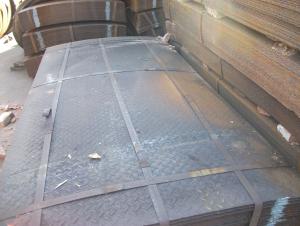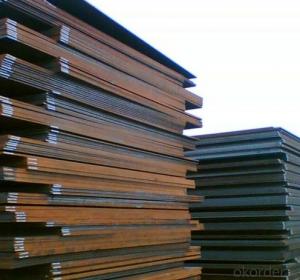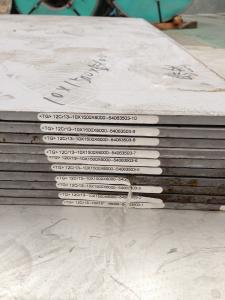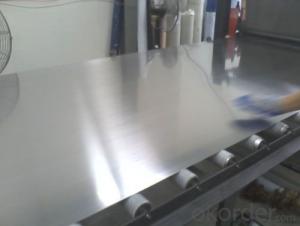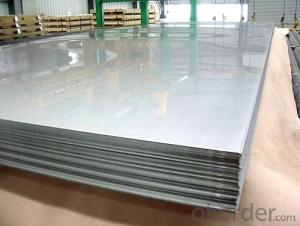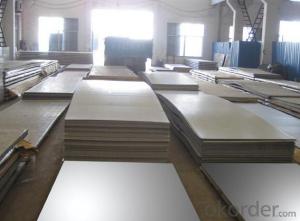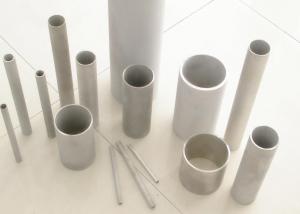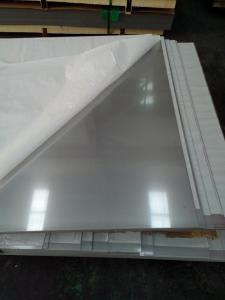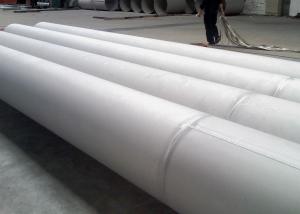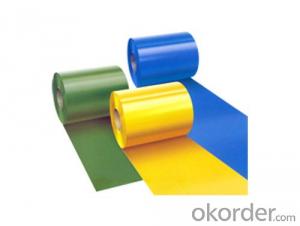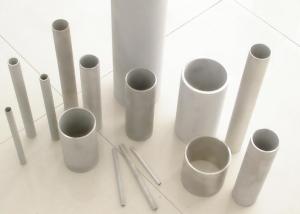HQ Stainless Steel Sheets
- Loading Port:
- Shanghai
- Payment Terms:
- TT OR LC
- Min Order Qty:
- -
- Supply Capability:
- 100000 m.t./month
OKorder Service Pledge
OKorder Financial Service
You Might Also Like
Product Description:
316L Stainless steel sheet
1. Chemical composition
C | Si | Mn | P | S | Ni | Cr |
Max0.03 | max1.00 | max2.00 | max0.045 | max0.03 | 10.00-14.00 | 16.00-18.00 |
2. Mechanical properties
Yield Strength | Tensile | Elongation | Hardness (HV) | Hardness (HRB) |
≥175 | ≥480 | ≥40 | ≤200 | ≤90 |
3. Standard: AISI, ASTM, GB, EN, DIN, JIS
4. Surface: 2B, NO.1, BA, NO.4, Hairline, SB, Mirror finish, Anti-skid, Cherkered etc.
5. Size: Thickness: 0.3-3mm (cold rolled), 3-40mm (hot rolled) Width: 1000mm or 1219mm or 1240mm for cold rolled, 1500mm for hot rolled.
Length: As customers' request.
Length: As customers' request.
6. MOQ: 1 Ton
7. Payment terms: T/T or L/C
8. Packing: Seaworthy package with wooden or Iron pallets with the paper and the steel strip, or as customers' request.
9. Delivery time: Usually about 7 days after we confirming the order, or according to your quantity.
If you have any question or demand, pls feel free to contact me.
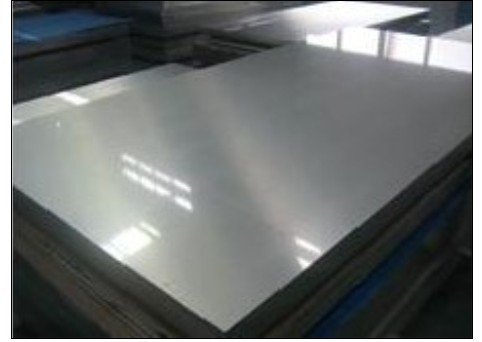
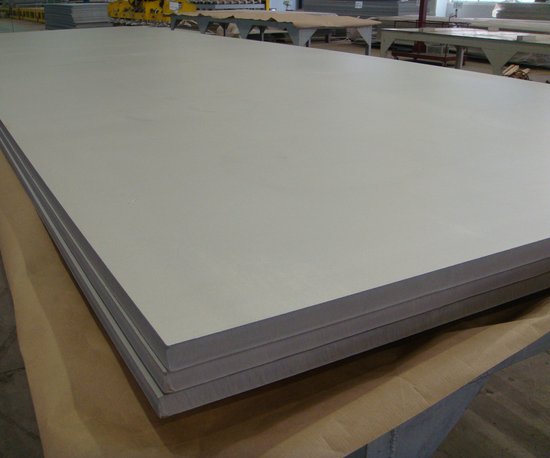
- Q: Can stainless steel sheets be used for sink fabrication?
- Certainly, sink fabrication can make use of stainless steel sheets. Undeniably, stainless steel stands as a favored material for sinks owing to its strength, ability to resist corrosion, and appealing appearance. By easily molding and joining stainless steel sheets, a sink design without visible seams can be effortlessly achieved, thanks to their pliability and adaptability to specific measurements and styles. Moreover, stainless steel boasts hygienic properties and simple maintenance, rendering it a sensible option for kitchen and bathroom sinks.
- Q: How about stainless steel grades?
- 304 - that is, 18/8 stainless steel. GB is 0Cr18Ni9. 309 - better temperature resistance than 304. 316 - after 304, second of the most widely used steel grades are used mainly in the food, pharmaceutical and pharmaceutical industries, and molybdenum is added to obtain a special corrosion resistant structure. Because of its better resistance to chloride corrosion than 304, it is also used as "ship steel". SS316 is usually used in nuclear fuel recovery devices. Grade 18/10 stainless steel usually meets this application level. [
- Q: How do you remove oil stains from stainless steel sheets?
- To remove oil stains from stainless steel sheets, you can start by wiping the surface with a clean, soft cloth dampened with warm water and mild dish soap. If the stain persists, apply a small amount of vinegar or rubbing alcohol onto the cloth and gently rub the affected area. Rinse with water and dry thoroughly to avoid water spots.
- Q: Can stainless steel sheets be used for cladding?
- Indeed, cladding can utilize stainless steel sheets. The preference for stainless steel as a cladding material stems from its robustness, ability to withstand corrosion, and visual allure. It is frequently employed in the external cladding of structures, including facades, canopies, and curtain walls. Stainless steel sheets provide an elegant and contemporary look while furnishing defense against severe environmental circumstances. Furthermore, stainless steel cladding necessitates minimal upkeep, boasts an extended lifespan, and can be effortlessly cleaned, rendering it a pragmatic selection for both residential and commercial purposes.
- Q: Are stainless steel sheets suitable for food storage containers?
- Yes, stainless steel sheets are highly suitable for food storage containers. Stainless steel is a durable and non-reactive material that does not leach harmful chemicals into food. It is resistant to corrosion, easy to clean, and can maintain the freshness and quality of stored food for extended periods. Additionally, stainless steel is non-porous, preventing the absorption of odors or flavors.
- Q: Are stainless steel sheets suitable for corrosive environments?
- Yes, stainless steel sheets are highly suitable for corrosive environments. This is because stainless steel contains alloying elements such as chromium, which forms a protective layer on the surface, preventing corrosion and rusting. Additionally, stainless steel has excellent resistance to a wide range of corrosive substances, making it ideal for various industries and applications where exposure to corrosive environments is common.
- Q: Are stainless steel sheets suitable for electrical applications?
- Yes, stainless steel sheets are suitable for electrical applications. Stainless steel is a highly conductive material and is resistant to corrosion, making it an ideal choice for various electrical components and equipment. Additionally, stainless steel sheets provide durability and excellent mechanical properties, ensuring long-lasting performance in electrical applications.
- Q: Lead and stainless steel plate welding together? How do you solder it?
- Lead and stainless steel plate of the two dissimilar metals can be welded together by friction welding or ultrasonic wave can be. Friction welding is a kind of solid phase welding with mechanical energy as energy source. It is caused by mechanical friction between two surfaces of heat to metal connection. The friction welding heat concentrated in the joint surface, so the heat affected zone is narrow. Between the two surfaces to exert pressure, in most cases is increasing pressure at the end of the heating, the hot metal by upsetting combined with general the surface does not melt. Friction welding productivity is relatively high, almost all the forging metal on friction welding principle. Friction welding can also be used for welding dissimilar metals. The workpiece shall be suitable for a circular cross-section with a maximum diameter of 100mm.
- Q: Can stainless steel sheets be used for elevator handrails?
- Yes, stainless steel sheets can be used for elevator handrails. Stainless steel is a popular choice for handrails due to its durability, corrosion resistance, and aesthetic appeal. It provides a sleek and modern look, making it a suitable material for elevator handrails.
- Q: Can stainless steel sheets be used in outdoor applications?
- Yes, stainless steel sheets can be used in outdoor applications. Stainless steel is highly resistant to corrosion and rust, making it an ideal material for outdoor use. It can withstand exposure to various weather conditions and is commonly used in outdoor structures, appliances, and decorative elements.
Send your message to us
HQ Stainless Steel Sheets
- Loading Port:
- Shanghai
- Payment Terms:
- TT OR LC
- Min Order Qty:
- -
- Supply Capability:
- 100000 m.t./month
OKorder Service Pledge
OKorder Financial Service
Similar products
Hot products
Hot Searches
Related keywords
